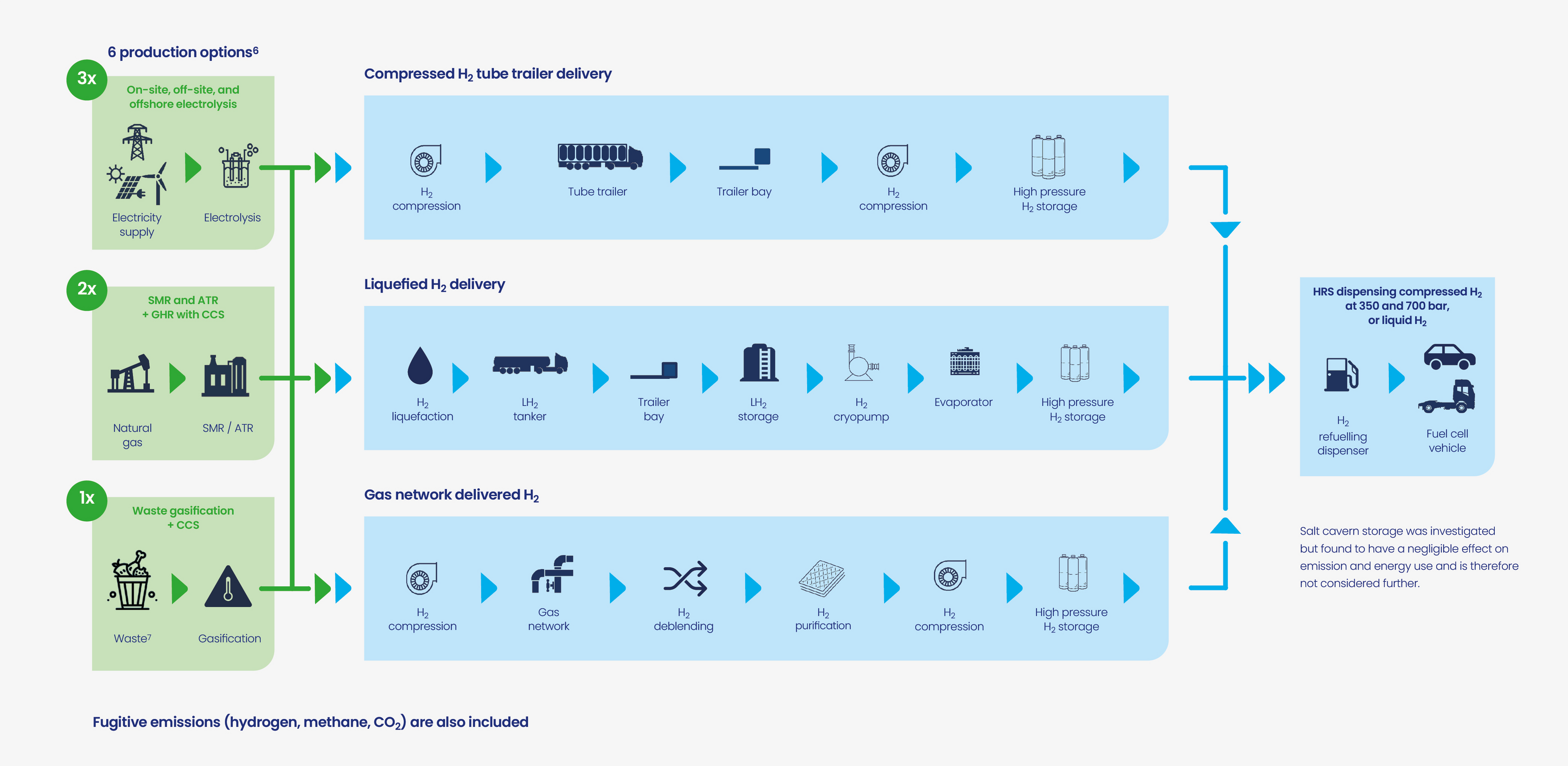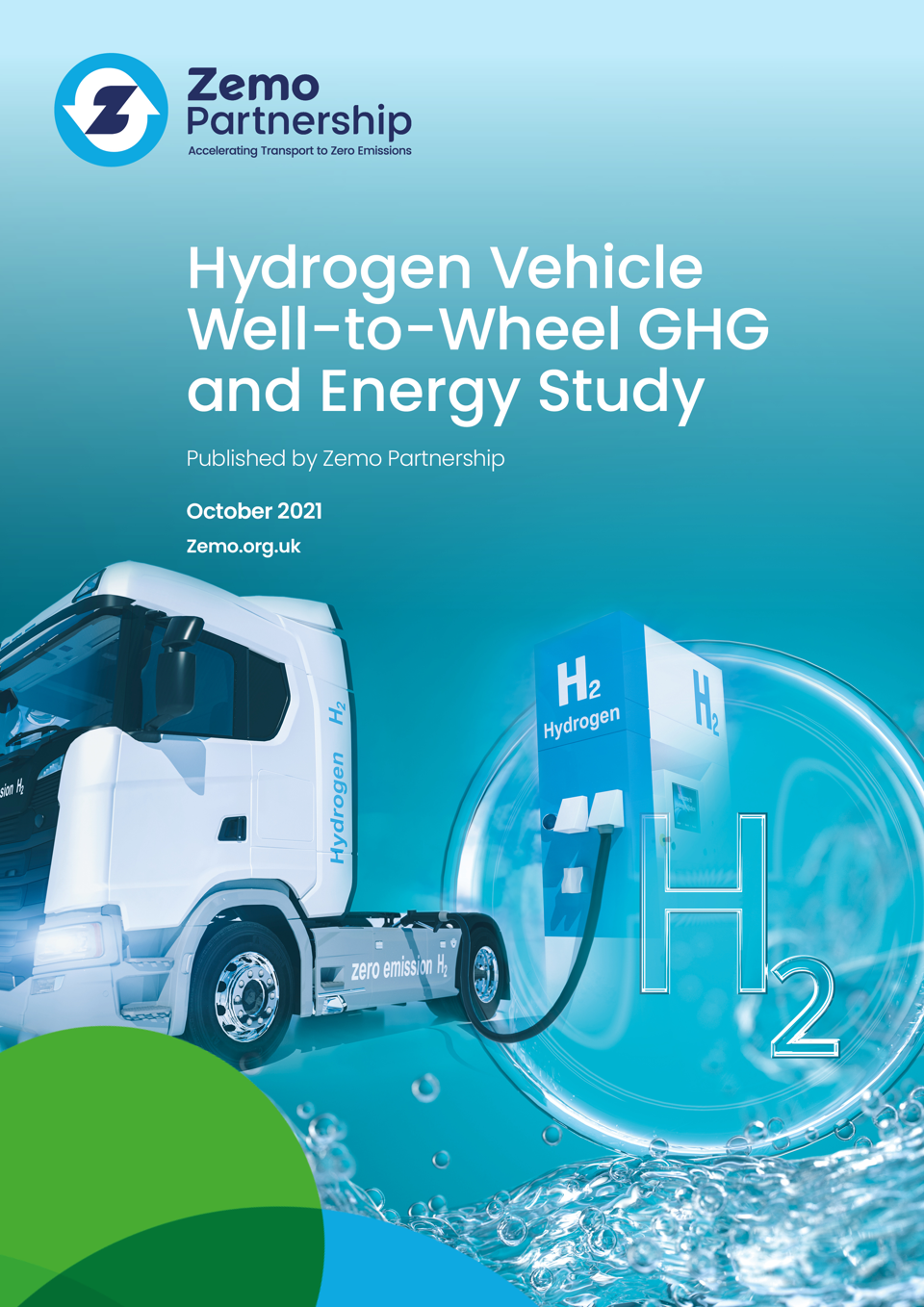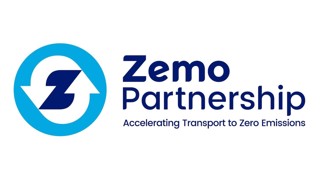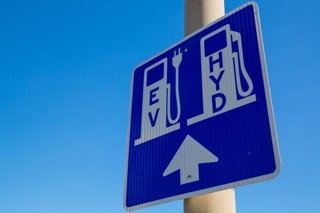The Government is being urged to focus future policies on well-to-wheel (WTW) greenhouse gas (GHG) emissions and overall energy efficiency performance of new fuels for transport.
A new study by Zemo Partnership warns that a focus solely on mitigating tailpipe emissions can risk neglecting the full impacts and the overall energy consumption of the system.
While hydrogen, electric and renewable fuels (produced from waste-based feedstocks) can all radically cut emissions, compared with their diesel-powered counterparts, there are major variations in their effectiveness and efficiency in terms of cutting emissions depending on choices made over the full well-to-wheel life cycle, it says.
Zemo Partnership chief executive Andy Eastlake explained: “When we look at the energy efficiency of potential pathways for hydrogen to be used in transport we see challenges.
“These vehicles will need to demonstrate considerable complementary benefits such as longer range, superior payload or lower operating costs to compensate for the increase in energy consumption compared with other zero emission powertrain solutions such as battery electric vehicles.”
The new study – Hydrogen Vehicle Well-to-Wheel GHG and Energy Study – looks specifically at hydrogen, extending analysis provided in the recently published Low Carbon Hydrogen Well-to-Tank Pathways Study, from Zemo.
It came shortly after the publication of the Government’s UK hydrogen strategy, a potentially important component of the overall decarbonisation plan for transport.
Key building blocks of the hydrogen strategy are currently under consultation and the Zemo Partnership work is intended to help inform these.
The Zemo analysis combines GHG and energy consumption data for a variety of hydrogen vehicles - trucks, buses, vans and cars.
It presents well-to-wheel results for the most promising hydrogen vehicle powertrain architectures using battery electric, diesel and renewable fuels for comparison.
The study looks at hydrogen produced for transport use through electrolysis, biomass gasification with carbon capture and storage (CCS) and methane reformation with CCS (all potentially very low carbon and GHG solutions) as well as from fossil fuels without CCS mitigation.
The work also explores the sensitivity of GHG emissions and energy consumption to a range of inputs and options, with more than 250 well-to-wheel scenarios being modelled in the 2020-2035 timeframe.
The analysis finds that each of the hydrogen vehicle architectures looked at can deliver lower carbon, and in some cases negative, well-to-wheel GHG emissions solutions within the next decade for many vehicle types, but this is predicated on the use of low carbon hydrogen.
Significantly, the work shows that the well-to-wheel energy efficiency of hydrogen vehicles is lower than diesel internal combustion (IC) or battery electric vehicles and those using renewable fuels in IC engines.
In the case of HGVs powered by hydrogen fuel cells – widely mooted as a potential HDV solution because of the technical challenges to battery electrification – the well-to-wheel energy efficiency is four to six times worse than that for comparable battery electric vehicles.
Regardless of how low carbon hydrogen is supplied, the production process is energy intensive and thus significantly worsens the overall WTW energy efficiency.
Gloria Esposito, Zemo’s head of sustainability and study co-author, said: “Emissions from the hydrogen supply chain are dominated by the fuel production method, with distribution and dispensing having less impact.
“So called ‘green’ hydrogen (produced through electrolysis powered by renewable electricity) currently delivers the lowest WTW GHG emissions for a hydrogen vehicle.
“However, vehicles using ‘grey’ hydrogen made from current steam methane reformation perform worse than conventional fossils fuelled diesel vehicles on a well-to-wheel GHG basis.”

The study recommends that further feasibility work including energy analysis, should be done to assess the suitability of different vehicles for different use cases to inform the potential role of hydrogen in the HGV sector.
Relevant factors would include vehicle payload and capacity, range, refuelling/charging time and infrastructure, it says.
The work could potentially be integrated into the Government’s ongoing Zero Emission Freight Trials (ZERFT) which Zemo is also supporting .
The choice of carbon intensity factors for grid electricity, both now and in the future, is a critical sensitivity within the analysis and an area needing much more consistent data, added Zemo.
























Login to comment
Comments
No comments have been made yet.